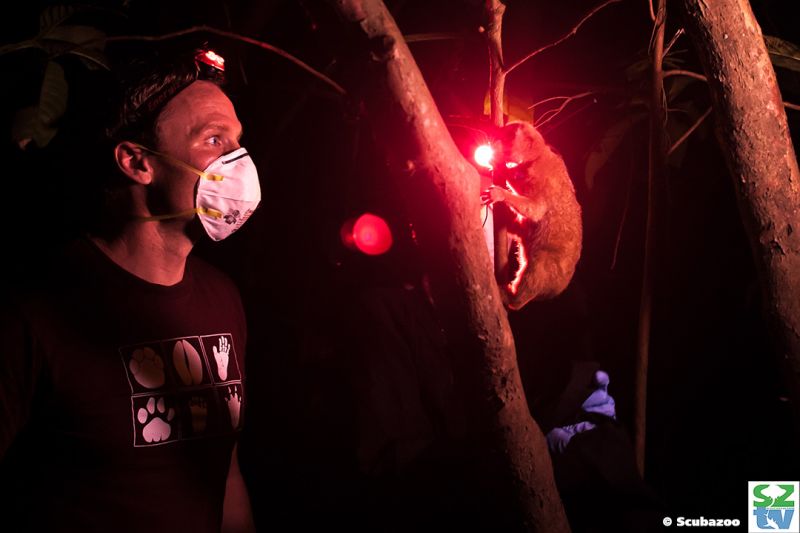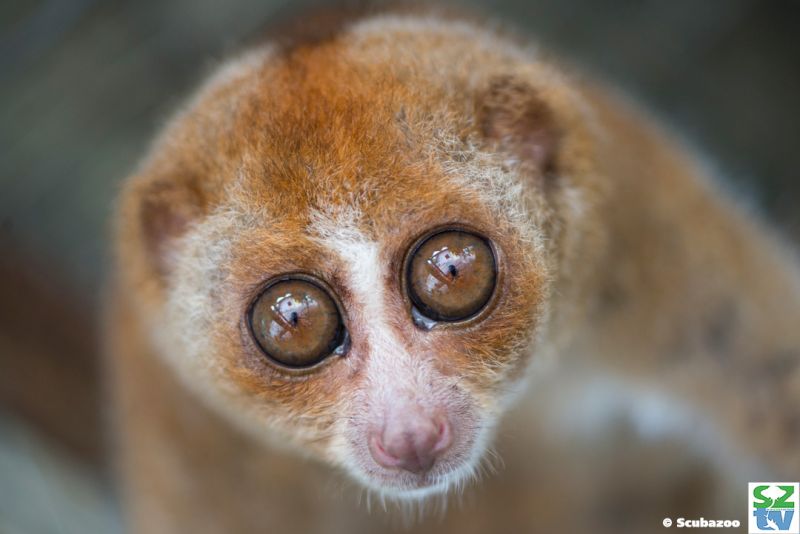KOTA KINABALU, July 17 — With its signature wide eyes, hypermobile joints, opposable thumbs and small size, the slow loris is one of the cutest animals in Borneo’s jungles.
Its adorability however works against it as this is the very factor that lands these enigmatic primates in human homes, markets and online videos.
“The main threat for the slow loris is the pet trade. People want them because they’re cute, they’re fluffy, they’ve got the big eyes. If perceptions don’t change about having these animals as pets, I think that the future is actually quite bleak,” said Danau Girang Field Centre (DGFC)’s nocturnal primate project supervisor Danica Stark.
“Slow lorises are relentlessly targeted by poachers, who remove them from the jungle and brutally remove their sharp teeth with pliers. They are frequently drugged in order to stop the animals, traumatised and in enormous pain, from trying to bite their handlers,” she said.
The near-inevitable infection is often the primary cause of death, but their specialised and very diverse diet of fruits and leaves, flowers, gum from trees, invertebrates and small vertebrates, means that feeding them bananas or rice balls results in a premature death while in captivity.
.jpg)
“The demand for slow lorises, whether as pets or to pose with in pictures at tourist sites, means that poachers keep returning to the forest, and the population continues to decline,” said Stark, a Cardiff university PhD student and resident primatologist at DGFC.
“In the short term, we just want to understand the basic ecology of these animals. Slow lorises belong in the wild, not as pets”, she said.
Stark oversees the nocturnal primate project at the DGFC on the banks of the Kinabatangan river, and has done since she arrived in Sabah in 2010.
Despite their cute appearance, slow lorises are stealthy nocturnal predators. The enormous eyes allow their pupils to dilate to such an extent that they can see clearly in the pitch-black of the nighttime jungle.
.jpg)
Their mobile joints and opposable thumbs also mean they are perfectly suited to sweep through the forest canopy in search of prey stealthily.
They also have a secret weapon to ward off predators: a special venomous toxin that mothers lick onto their cubs to cover them it while they sleep and which adds a venomous edge to the loris’ sharp bite.
Stark and her colleagues at DGFC have made it a priority to learn more about the slow lorises of the Kinabatangan and spread awareness about Sabah’s wildlife.
“The forest around Danau Girang Field Centre is home to 10 different primate species. This is an incredible amount of primate diversity and it is important to understand the role each of these primate species plays in this ecosystem,” she said.
Stark’s team have fitted a number of slow lorises with small radio collars and recently added a new innovation: an accelerometer that allows a device to track the direction and intensity of its own movements.

Whilst a VHF radio collar on its own can tell a scientist where a slow loris is, with enough data the researchers can distinguish what it is doing, by interpreting patterns of movement the accelerometer records. In doing so, DGFC can start to build a more detailed picture of nocturnal primates’ behaviours and habits.
Both Stark and the slow loris is majorly featured in the latest episode of Borneo Jungle Diaries, an online series that shows off Sabah’s jungles and wildlife and the people who are working on understanding its ecology.
All episodes will have Bahasa Malaysia subtitles and be released SZtv’s website (Scubazoo.tv) and Youtube, as well as on the Facebook pages of SZtv & DGFC.
What’s more, viewers are encouraged to take part in the competition that is being held; All you have to do is answer five questions from the episode correctly each week to win a 4 day / 3 night stay the Danau Girang Field Centre.
There will also be a grand prize at the end of the 10-series Borneo Jungle Diaries for those who get all questions correct across all quizzes. For more information, check out Borneo Jungle Diaries on the SZtv website.






















